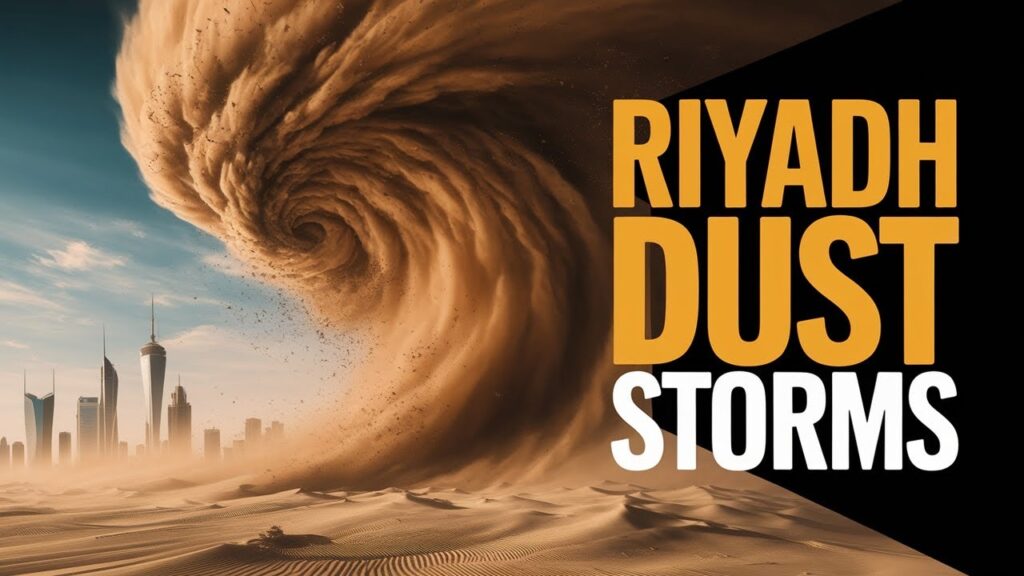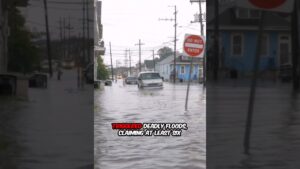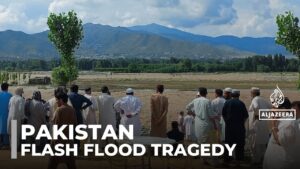
Dust Storms in Riyadh Are Rising 🌪️ | Climate Change & SDS Patterns (2007–2023) Explained
🌬️ Sand and Dust Storms (SDS) are becoming more frequent in Riyadh, Saudi Arabia, with serious consequences for air quality, public health, and the economy.
This video explores a study analyzing SDS trends from 2007 to 2023, using climate data to reveal key environmental drivers of these events.
📌 In this video, you’ll learn:
How temperature, wind speed, precipitation, and pressure influence dust storm frequency
What the data from the National Center for Meteorology tells us
A surprising finding: 🌡️ A 1°C temperature increase = 0.186 more SDS events
Why rising atmospheric pressure & rainfall help reduce dust occurrence
How wind speed helps control SDS intensity
The recommendation to use temperature as a predictor in SDS forecasting models
📈 Understand the science behind the storms and why effective forecasting is key to environmental sustainability and urban health planning in arid regions like Riyadh.
💬 Comment below: Have you experienced a dust storm? How do they affect your daily life?
*********************************************
The Effect of Some Climatic Parameters on Temporal Variations of Sand and Dust Storm Events Over Riyadh, Saudi Arabia
Layman Abstract : This study looks at the growing problem of sand and dust storms in Riyadh, Saudi Arabia, and how they affect the environment and people’s daily lives. These storms are common in dry areas like the Arabian Peninsula and can cause serious issues, such as poor air quality, health problems, and economic disruptions.
The research focused on how weather conditions—like temperature, rainfall, wind speed, and air pressure—relate to the number of dust storms between 2007 and 2023. Using weather data, the study found that higher temperatures are linked to more dust storms. In fact, as the temperature goes up, the number of dust storms also increases. On the other hand, more rain and higher air pressure seem to reduce dust storms. Surprisingly, stronger winds also helped reduce the number of storms.
The study suggests that temperature can be a useful early warning sign for predicting sand and dust storms. This can help create better forecasting systems and improve planning to protect people and the environment.
View Book: https://bookstore.bookpi.org
#DustStorms #sandstorms #SDSRiyadh #climateimpact #airquality #environmentalhazards #SaudiArabiaWeather #DustStormAnalysis #ClimateChangeEffects #RiyadhEnvironment #StormForecasting #MeteorologyStudy #sustainableenvironment #DustHealthImpact #ArabianPeninsulaWeather #SandDustStorms #climatedata #weatherpatterns #SDSForecasting #environmentalresearch #dustandsandStorms
Related keyword:
Sand and dust storms Riyadh Saudi Arabia
SDS climate change impact Arabian Peninsula
Dust storms and temperature correlation Riyadh
Environmental effects of sand storms Saudi Arabia
Dust storm forecasting Saudi Arabia
SDS events and weather patterns 2007–2023
Air quality impact sand dust storms Riyadh
Predicting SDS events with climate data
Wind speed and dust storm frequency
Sustainable management sand dust storms
-~-~~-~~~-~~-~-
Please watch: “High-Index Lenses and Chromatic Aberration: Impact on Visual Quality and Satisfaction | High Myopia ”
https://www.youtube.com/watch?v=I-COO0PVifE
-~-~~-~~~-~~-~-
source



